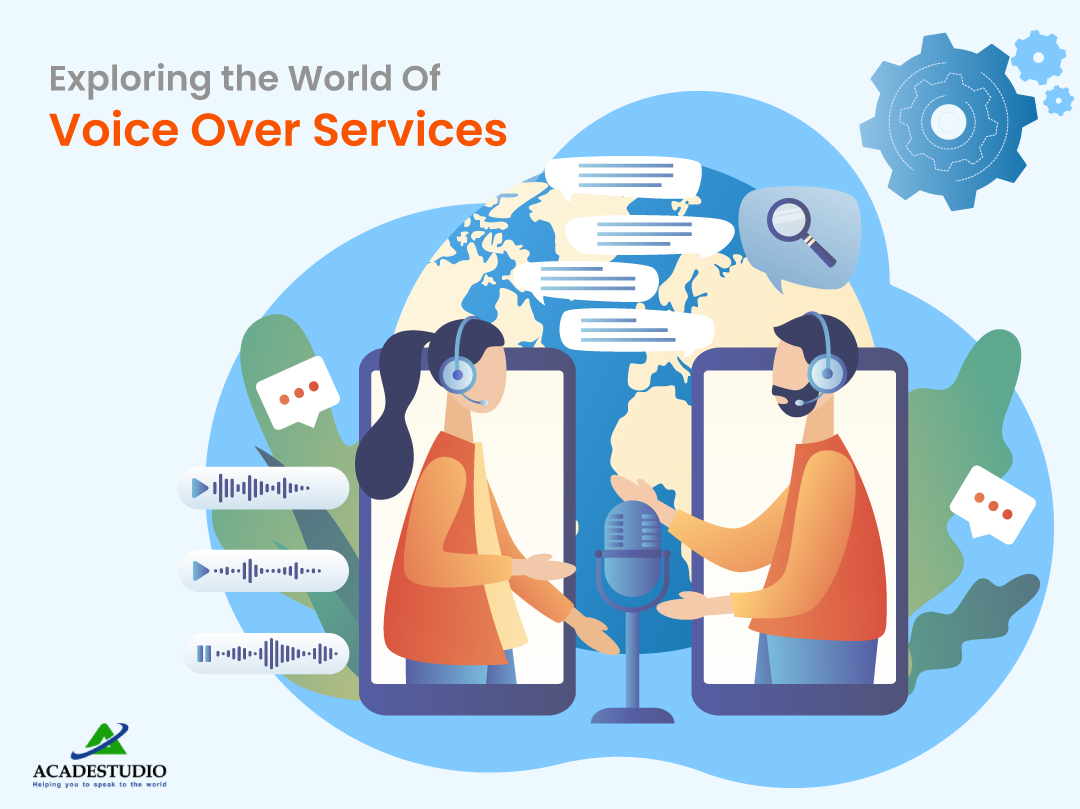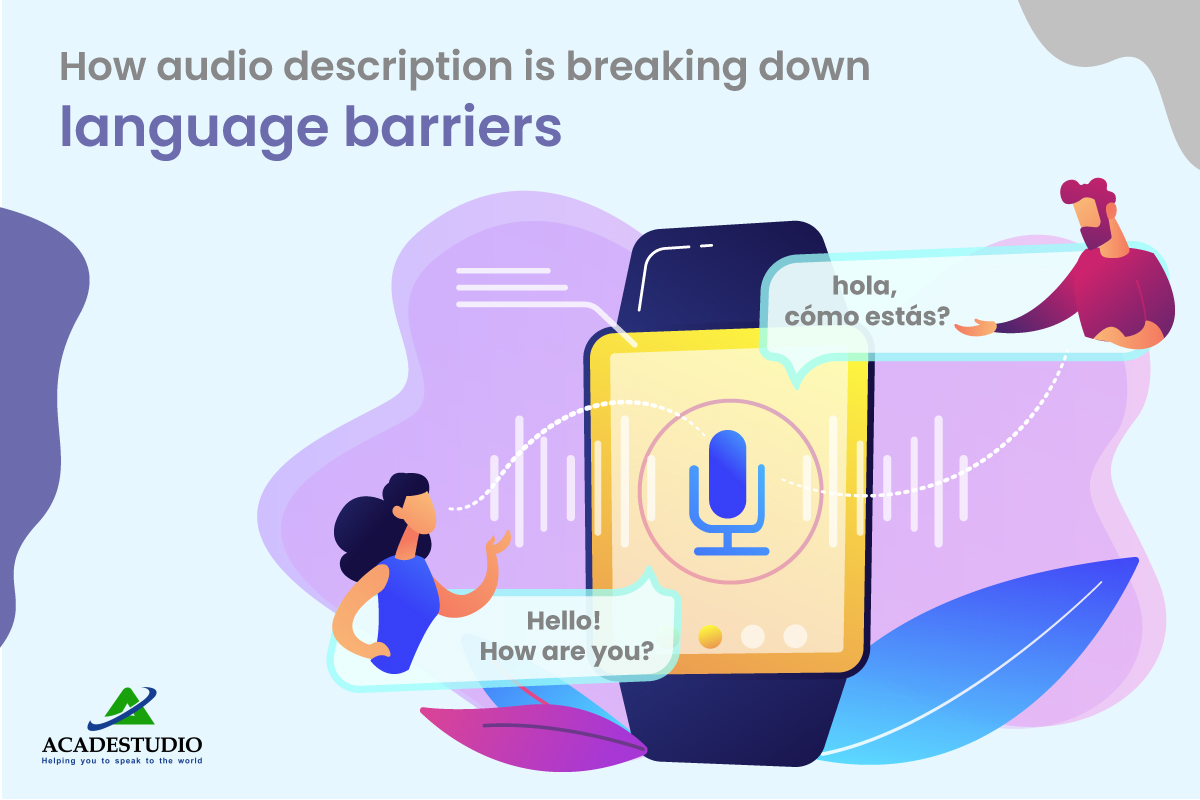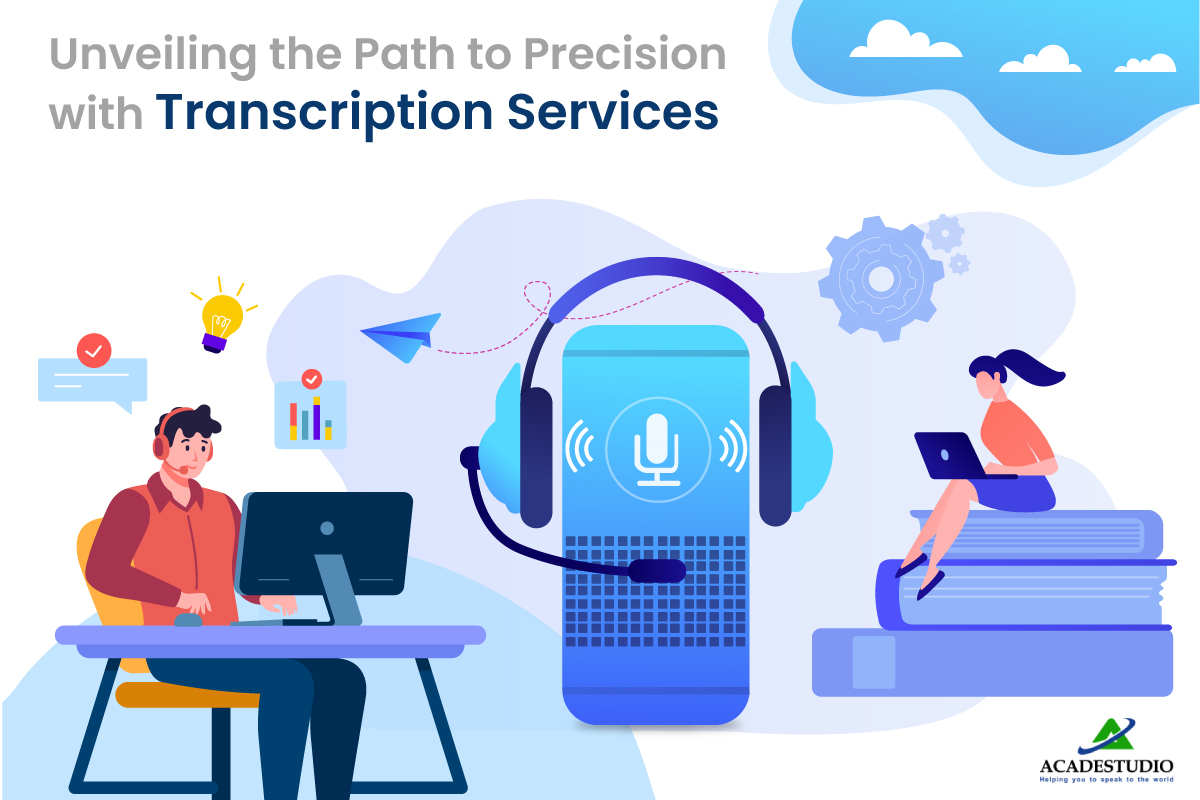Interpreting is essential
for breaking down language barriers in today's globalized world. Face-to-face
interpretation is a form that involves a skilled interpreter facilitating
communication between individuals who do not speak the same language. It can
take many forms and is used in various settings, from business negotiations to
medical appointments.
In this post, we will
explore five types of face-to-face interpretation you need to know about. Each
type has its unique features utilized in different situations. By understanding
these types, you can communicate more effectively with people from diverse
backgrounds, whether you're a student, a professional, or just curious about
the world of language. So, let's dive in and discover the fascinating world of
face-to-face interpretation!
What is Interpreting?
Interpreting is the act
of facilitating communication between individuals who speak different
languages. It involves listening to the speaker's message and delivering it in
the target language. Interpreters must have excellent listening and speaking
skills and the ability to adapt to different accents and dialects. They may
work in various settings, including business, medical, legal, and educational
settings. It is a vital service that helps to bridge language barriers and allows
individuals to communicate effectively, regardless of their language
background.
Uncovering the 5 Types
of Interpreting
Interpretation is the
process of facilitating communication between individuals who speak different
languages. In this, an interpreter is physically present to interpret between
two or more people. Here are five types of face-to-face interpretation that you
need to know about.
Consecutive
Interpreting
Consecutive
interpretation is when the interpreter listens to the speaker and takes notes
while they are speaking. After the speaker has finished, the interpreter delivers
the message in the target language. Consecutive interpretation is often used in
legal and medical settings, as well as in business negotiations.
During a consecutive
interpretation session, the interpreter takes notes while the speaker is
talking. The interpreter may use shorthand or other note-taking techniques to
capture the essence of the message. After the speaker finishes, the interpreter
delivers the message in the target language. This type requires excellent
memory and note-taking skills.
It can be
time-consuming, requiring the speaker to pause after each sentence or phrase to
allow the interpreter to deliver the message. However, it is a valuable
technique when using complex or technical language, as it allows the
interpreter to clarify any misunderstandings before moving on to the next
point.
Simultaneous
Interpreting
Simultaneous
interpretation is when the interpreter delivers the message in the target
language simultaneously while the speaker is speaking. This type is often used
in large conferences and events and diplomatic settings.
During a simultaneous interpretation
session, the interpreter listens to the speaker through headphones and delivers
the message in real time. This type requires excellent concentration and
quick-thinking skills, as the interpreter must keep up with the speaker's pace.
Simultaneous interpretation
can be challenging, requiring the interpreter to listen and speak
simultaneously. However, it is a valuable technique for fast-paced settings, as
it allows for uninterrupted communication between speakers of different
languages.
Whispered Interpreting
Whispered
interpretation, also known as chuchotage, is when the interpreter whispers the
message in the target language to one or two people who do not speak the
speaker's language. This type is often used in small group settings, such as
business meetings or legal proceedings.
During a whispered
session, the interpreter sits next to the person or people who require the
interpretation and whispers the message in their ear. This type requires
excellent concentration and the ability to speak quietly for extended periods.
Whispered interpretation
can be challenging, as the interpreter must be physically close to the person
or people who require the interpretation. However, it is a valuable technique
for a small group or in situations where simultaneous interpretation could be
more practical.
Escort Interpreting
Escort interpretation is
when the interpreter accompanies an individual or a group of individuals to
provide Interpreting services throughout a trip or an event. This is
often used in business or diplomatic settings and social or cultural events.
During an escort
interpretation session, the interpreter accompanies the individual or group and
provides interpretation services as needed. This type requires excellent
communication and interpersonal skills and adapting to different social and
cultural contexts.
Escort interpretation
can be challenging, requiring the interpreter to be constantly available and
on-call throughout the event or trip. However, it is a valuable technique for a
group of individuals or in situations where the interpreter needs to be
physically present to provide understanding services.
Telephone Interpreting
Telephone interpretation
is conducted over the phone; they can be telephone or mobile phones. It is a
convenient and cost-effective way of providing explanation services to
individuals not physically present in the exact location as the interpreter. It
is often used in emergencies, as well as in business and medical settings.
During a telephone
interpretation session, the interpreter and the individual or group requiring
performance services connect through a telephone line. The interpreter listens
to the speaker and delivers the message in the target language. This type
requires excellent listening and speaking skills and adapting to different
accents and dialects.
Telephone interpretation
is particularly useful in emergencies, such as when an individual needs urgent
medical attention but does not speak the language of the healthcare provider.
In such cases, a telephone interpreter can quickly provide interpretation
services, allowing the healthcare provider to communicate effectively with the
patient and provide the necessary care.
Wrapping Up
Interpreting is an essential service that
enables communication between individuals who speak different languages. Each
type has advantages and limitations, and the choice of which type to use
depends on the specific context and needs of the individuals involved.
Interpreters are vital in facilitating communication and promoting
understanding between individuals from different linguistic and cultural
backgrounds. Through their skills and expertise, interpreters help to break
down language barriers and build bridges between people.












- From Mobile - 11 min ago
Bring to the table win-win survival strategies to ensure proactive domination. At the end of the day, going forward, a new normal that has evolved from generation X is on the runway heading towards a streamlined cloud solution.
- From Mobile - 7 min ago
Capitalize on low hanging fruit to identify a ballpark value added activity to beta test. Override the digital divide with additional clickthroughs from DevOps. Nanotechnology immersion along the information highway
- From Web - 2 min ago
A new normal that has evolved from generation X is on the runway
- From Mobile - 11 min ago
Capitalize on low hanging fruit to identify a ballpark value added
- From Web - 2 min ago
Real-time will have multiple touchpoints for offshoring.